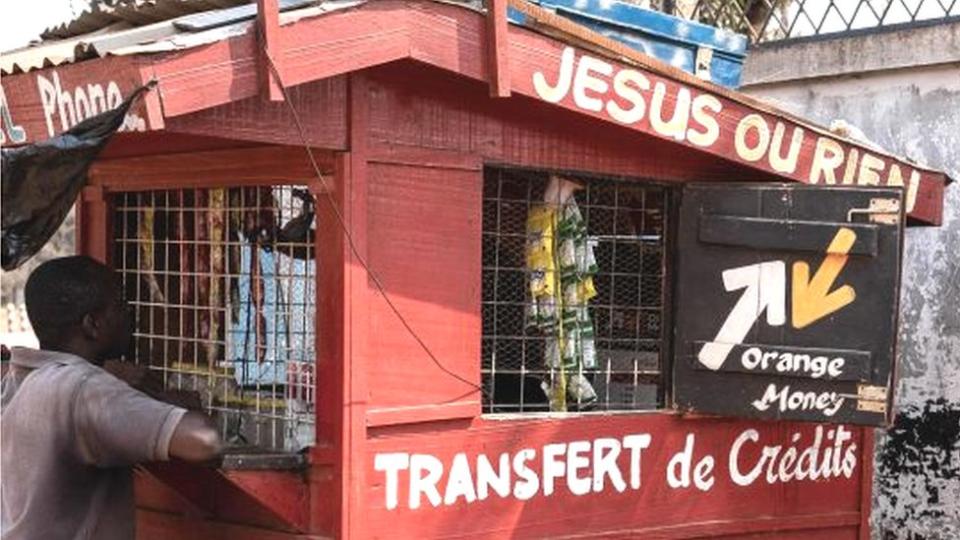Jerry Lukendo Mbokani has to make several calculations when he sends money to his elderly mother in the Democratic Republic of Congo.
In Kampala, Uganda, where Mr Mbokani has lived for 16 years, he first has to buy US dollars. To convert approximately $100 (£80) worth of Ugandan shillings would cost almost $3, he reports.
He also adds the withdrawal fee of $7, so that his mother doesn’t incur a fee when receiving the money.
He sends these remittances through mobile money, usually phone-based digital transfers, rather than through a physical location like a bank, post office, or Western Union-style money transfer company. In real terms 10% of the amount could be eaten up in fees.
Mr Mbokani, the chief executive of the Refugee-Led Organization Network (Relon), knows he’s far from alone.
One target of the UN Sustainable Development Goals is that by 2030, remittance fees should be less than 3%, and total fees to send and receive money between a pair of countries should be no more than 5%. Some researchers believe that to be truly affordable, the first goal should be even less than 3%.
The International Monetary Fund has estimated that reaching this target could generate $32bn (£26bn), even apart from the direct-cost savings.
This is because remittances have such powerful knock-on effects for the economy, and people tend to send more in remittances when fees are lower.
Yet the world is far off this target. According to the World Bank, the global average is 6.2%, over double the target.


It’s especially pricey to send money to sub-Saharan Africa, where the average transaction fee is 7.4%. For particular combinations of countries, fee percentages can climb well into the double digits.
One reason for high fees is inconsistent regulation.
Within Africa a payment company can’t use a single licence across multiple countries, says Nika Naghavi. She is the group head of growth at Onafriq, a digital payment network that extends through more than 40 African countries.
A result is that even between neighbouring countries with a robust trade and frequent population movement, money can’t always flow freely. For instance, Ms Naghavi says, transfers between Togo and Benin are frequent and straightforward, helped by having a common currency.
Yet money can’t easily be sent between Togo and another neighbour country, Ghana.
“That’s why the…
Click Here to Read the Full Original Article at Yahoo News – Latest News & Headlines…

